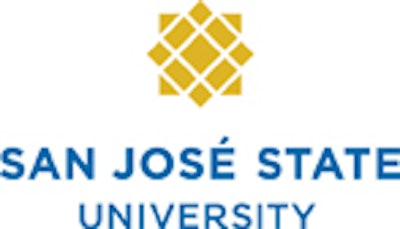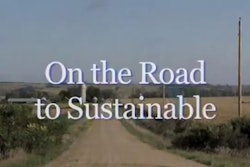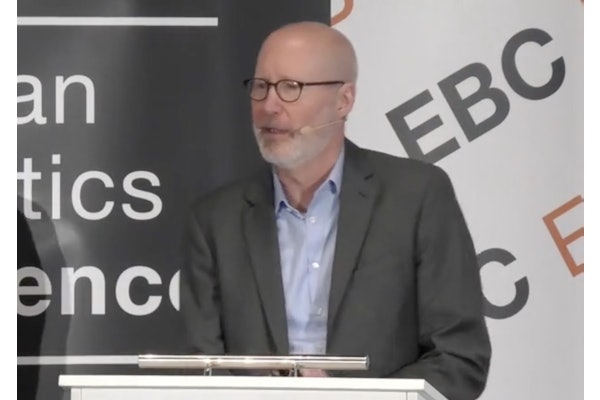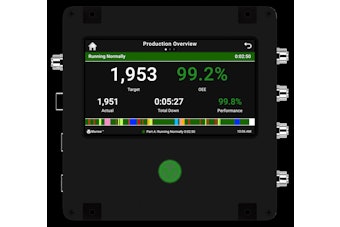
Sustainably managed forests have been around for years and will ensure the availability and, more important, the cost levels of paper-based packaging materials. Long-term packaging decisions require relative stability in prices, and a sustainable material source provides this stability. Folding cartons and flexible structures with paper as a substrate will continue as packaging materials because they are sustainable in the true sense of the word.
In truth, the answer to controlling package costs lies in the ability to use only enough material to provide that attribute you require for the package needs. The development of flexible structures and novel package designs using flexible materials are driving the packaging industry’s use of flexible structures in high-volume applications.
The true beauty of paper packaging is that it can be combined with other materials to provide a high-integrity material for a high level of product protection. Or you can simply coat the paper with a thin layer of LDPE and create a package material that is a modest barrier. Laminating and coating paper and paperboard allows you to use the physical robustness of paper for rigid stand-up containers while using only a thin coating of a plastic to give other attributes. You create a structure where each layer contributes a needed property without adding excess material and cost. The paper layer provides the feel of sturdiness to a flexible package without expense. The prime example of creative use in laminations is the Tetra Pak paperboard carton. It is essentially a folding carton with a layer of aluminum and LDPE that, combined with aseptic processing, provides a package for milk requiring no refrigeration. Also worth noting is the gable-top milk carton. This package uses simple paperboard coated with LDPE and provides a rigid, waterproof, moderate barrier package for milk.
























